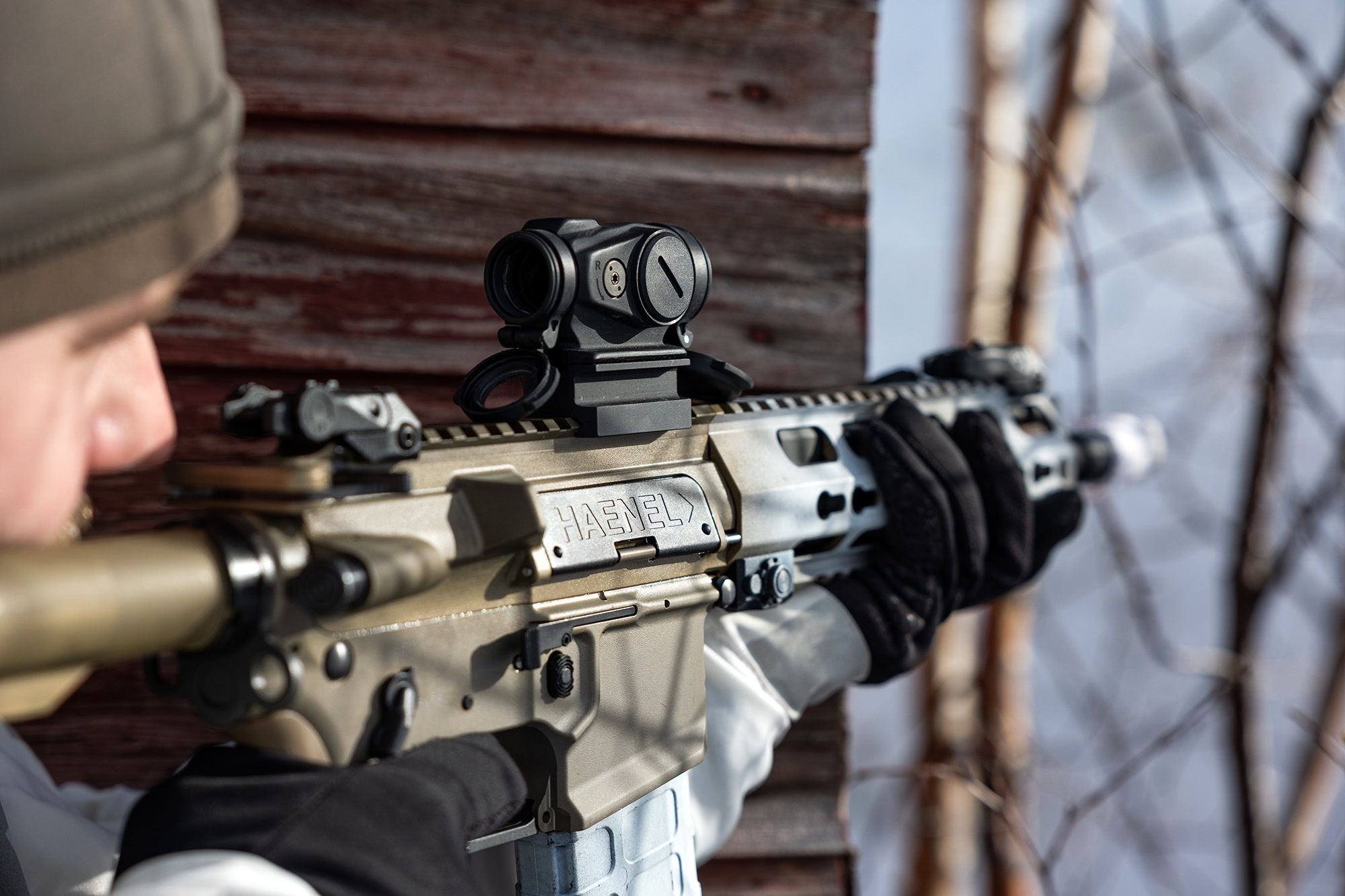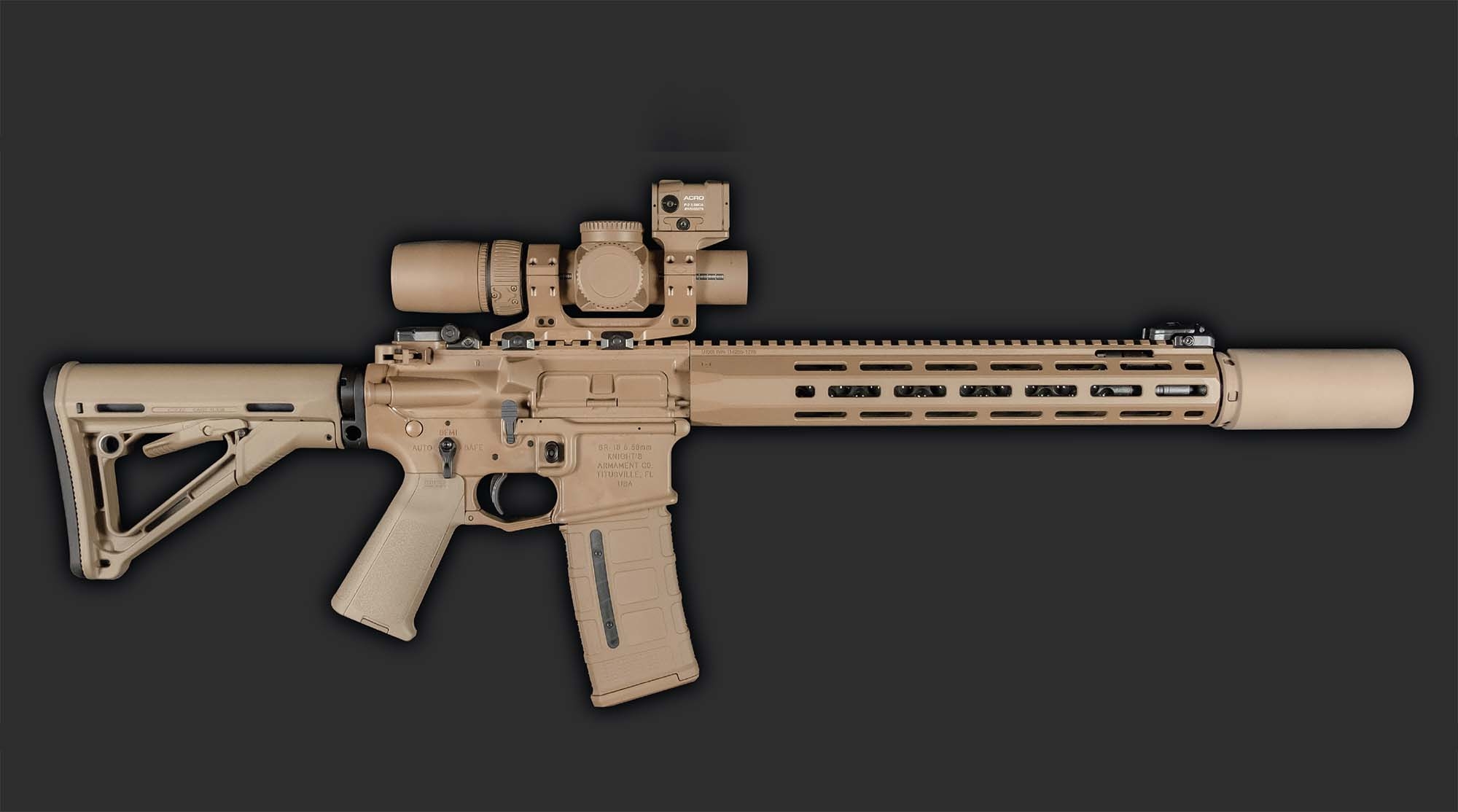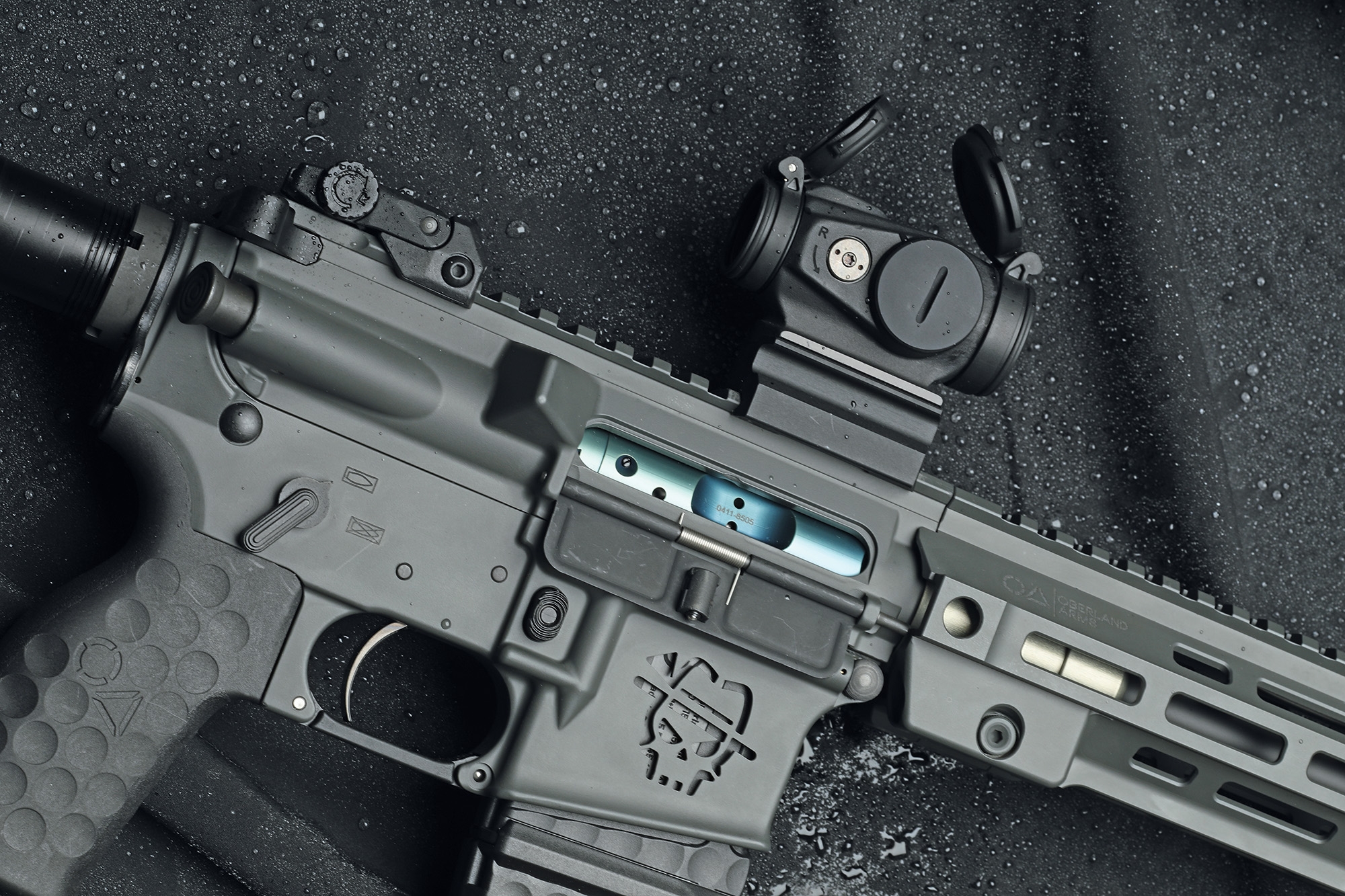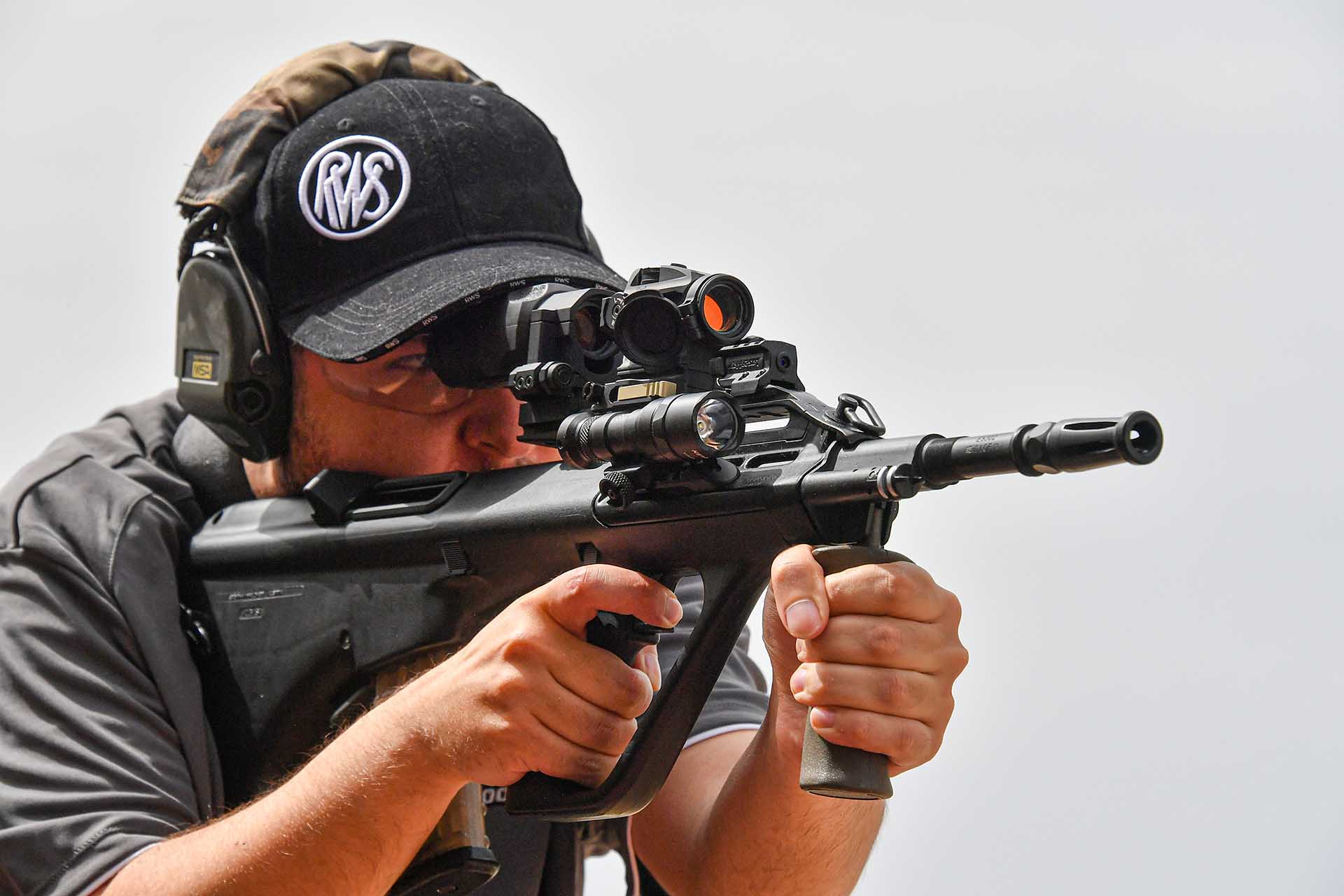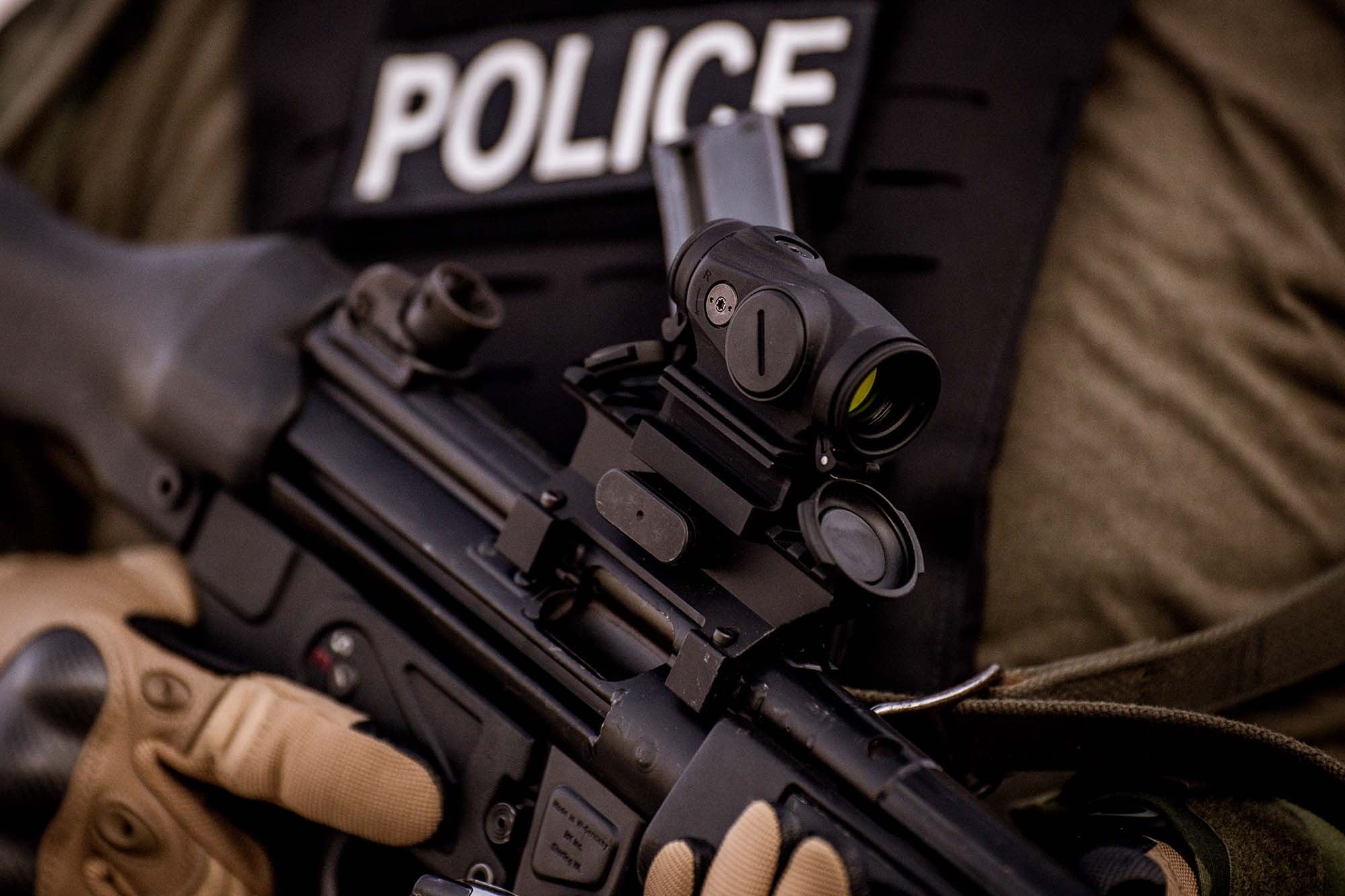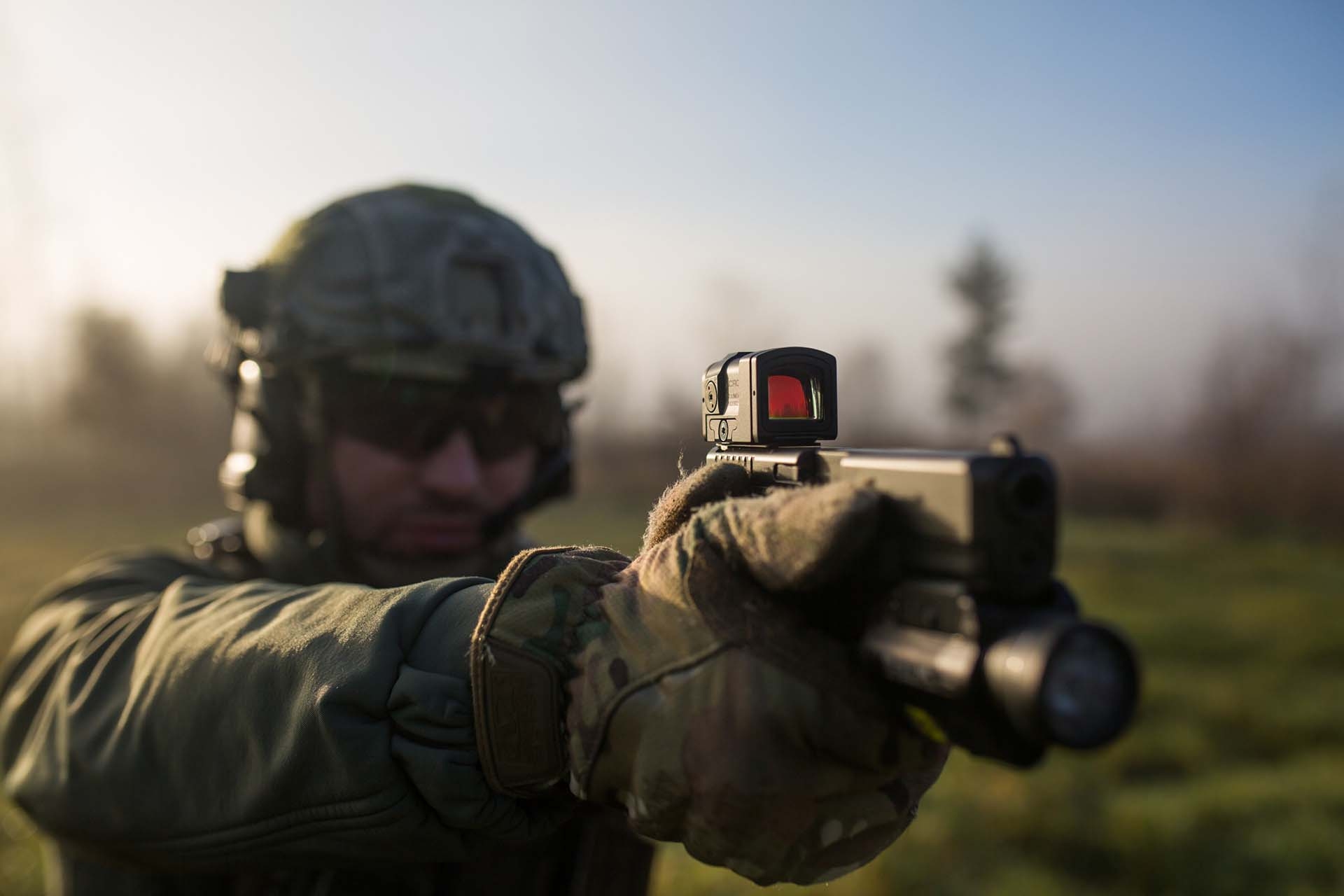Article also available in other languages


Being Aimpoint's most important customer, the above mentioned feedback has been seriously taken in consideration in updating the Swedish company's top Red Dot aiming system, since the M4s has been the object of the largest single acquisition contract for a combat sight: in July 2009, Aimpoint has been awarded a contract for the supply of 565.783 M68 Close Combat Optic with the U.S. Army . Today, the M4s is still Aimpoint's state of the art for small arms combat optic.
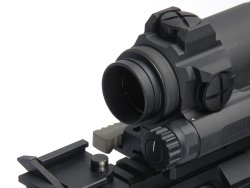
In a sense, the M4s version of the Aimpoint M4 should be regarded as little more than a “restyling”, considering that both optically and electronically absolutely nothing has changed; only the structural frame has been updated , by moving the battery compartment / brightness control knob from the upper right hand side to the lower right hand side, redesigning the turret's protection fences; the M4s body is more "compact" than the standard M4.
We received the M4s collimator complete with the new LRP quick release mount, which uses a lever instead than a calibrated torque knob, as in the standard QRP2 mount.
Among all reflex collimators, the M4s shines as being one of the strongest and most durable instruments on the market: its body is manufactured by CNC machining 7075-T6 alloy billet and finished with the same technologies and materials as the mil-spec receivers of M16 and M4 weapons. The Aimpoint M4s is certified completely waterproof down to a depht of 25 meters.
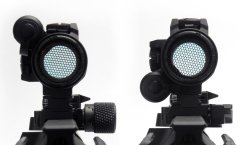
Zeroing is performed by rotating the two adjustment turrets, protected by a sturdy machined alloy screw cap, sealed with an O-ring (like the cap of the battery compartment and the control knob): each click corresponds to a shift of the red dot reticle of 13 mm at 100 m (or, about .25 MOA).
Power is supplied by a single AA battery; any type of battery can be used, both alkaline and Lithium L91, for cold climates, and even 1.2V Ni-Mh rechargeables.
The 2 MOA luminous dot reticle can be set to 16 different brightness levels by means of a rotary knob, of which the first 7 levels are reserved for use with night vision systems, and 8 are for use daytime, plus there's 1 Ultra-bright position.
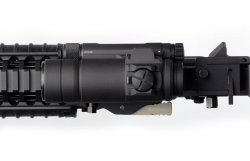
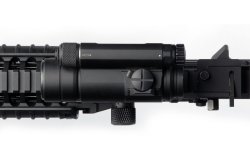
Thanks to Aimpoint's Super ACET (Advanced Circuit Efficiency Technology), battery life in daytime continuous operation use exceeds 80,000 hours (with a super alkaline battery), in other words, a whooping 8 years of operation: battery life has now almost reached the same obtainable with the light sources GTLS - H3.
A note on the compatibility with NVD systems: the dichroic lenses employed in the M4s optics have a proprietary bandpass coating engineered to allow 99.8% of the light in the IR wavelength in which Gen III tubes are more sensitive (from 780 to 960 nm) pass through. At the same time, 99.8% of the light emitted by the reticle's LED light source is reflected toward the operator.
In the Aimpoint M4s box we find the scope, an AA alkaline Duracell battery, "bikini" rubber lens covers , a Tenebraex ARD (Anti Reflection Device) honeycomb filter to reduce front lens reflection signatures(but reduces the light transmission to 65% ), the LRP quick release mount (Aimpoint ref. #12198) in place of the stock QRP2 quick release mount normally supplied, a 9mm spacer for the mount and a small instructions manual.
The LRP quick release mount offers an improved and more streamlined profile than the previous QRP2 and a decidedly lower "entanglement index", also the mounting speed seemed improved.
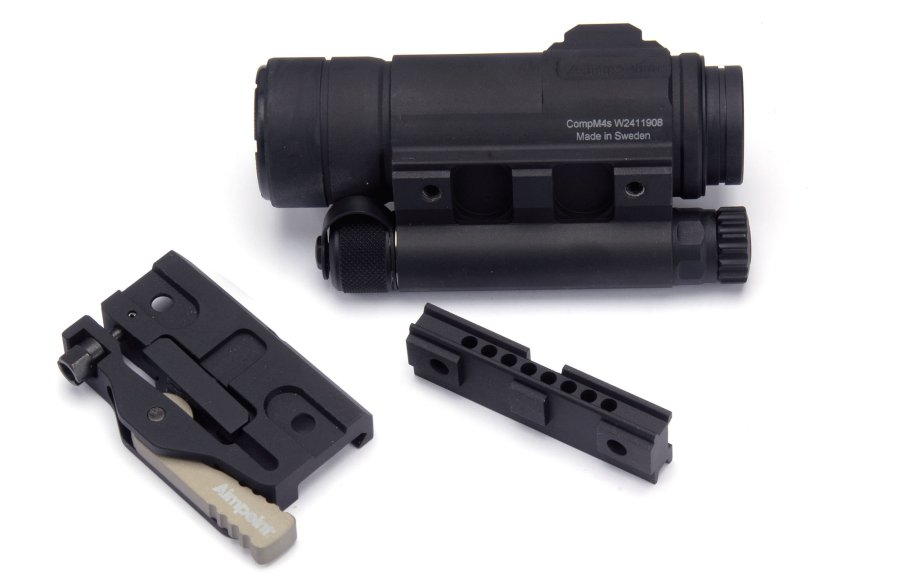
Tension on the Picatinny rail can be adjusted by tightening a side bolt with a slip ring; the lever engages a dent in the mount that makes it impossible to accidentally open the mount.
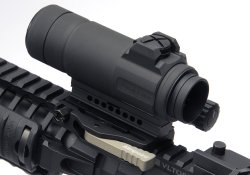
The entire mount is made of CNC machined Aluminum alloy and it seems very sturdy and well made.
We have mounted the M4s on an ...M4 carbine in .223; the improved profile is immediately noticeable, especially when shouldering the weapon and trining it towards a target: the battery compartment, which is in the Aimpoint M4 at the top right corner, tended to cover a small part of the peripheral field of view, which is now free of obstacles.
The accessibility of the control knob is actually worse, by contrast, we can say that it is now much more protected against accidental breakage...
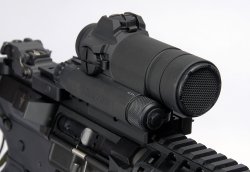
Our personal opinion is that we are certainly better off with the M4s, but it is a completely subjective feeling: we had twin guns with both versions of the Aimpoint sight mounted and allowed experienced operators to live fire test both in a range and, considering the undoubtedly exceptional, and absolutely identical, quality of the two collimators, the choice between one or the other model is only based on personal preferences.
In the photos we have documented the physical differences between the M4 and M4s.
We conclude with the impression that we've just tested what we personally think is the state of the art in regards to standard Red Dot sighting systems, and at the same time, we can not but note that the price is pretty steep and can be afforded only if the intended use justifying it is professional, because many of the features that raise the price significantly are usable only by those with access to Gen III Night Vision devices.



